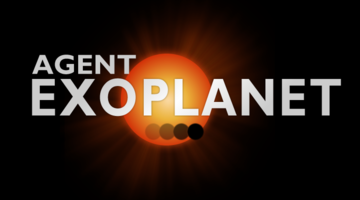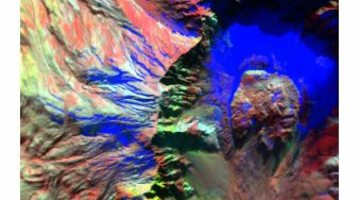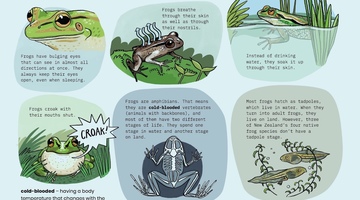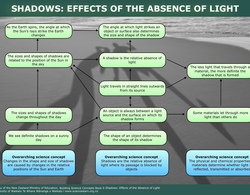

Loss of the Night is an international citizen science project aiming to quantify the illumination of the night sky caused by artificial light. By monitoring how bright the night sky is over time ...
READ MORE

Search data from NASA’s Kepler spacecraft for the dips in star light intensity caused by exoplanets – planets that orbit stars other than the Sun. As these exoplanets pass between the star and ...
READ MORE

Help astronomers at Las Cumbres Observatory, California, study exoplanets – planets that orbit stars other than our Sun. Do this by interpreting images taken by their telescopes in Hawaii ...
READ MORE

Communications satellites are used to send and receive radio signals for television, phone or internet communications. Large concave reflectors called satellite dishes are normally used to send ...
READ MORE

Using super sense technology, changes in the Earth’s structure can be measured without having to actually be there: Motion sensors called seismographs record tremors or small earthquakes that ...
READ MORE

Satellites are equipped with a wide range of super sense technology. Sensors have been developed that can detect radiation returns for many parts of the electromagnetic spectrum. At the shorter ...
READ MORE

Frogs for the future? is a ready-to-use cross curricular teaching resource. It uses the Ministry of Education’s 2019 Connected article Kimihia Kermit by Philippa Werry. Rights: Crown 2019 Frog ...
READ MORE

In this set of activities, students are introduced to basic Physical World concepts about light through the use of play and exploration. Students also have the opportunity to design simple ...
READ MORE

In this activity, students use scientific models and exploration to observe the position of the Sun and its physical effect on light and shadows. The activities are designed for students working ...
READ MORE

Teacher Melissa Coton incorporated online citizen science project Globe at Night as part of a year 5/6 unit on light. Here, she reflects on what she and her students learned. Rights: The ...
READ MORE

This unit plan shows how teacher Melissa Coton extended her year 5/6 students’ learning about light by engaging them in learning about light pollution at night. Rights: Mark Gee, The Art of Night ...
READ MORE

Teacher Matt Boucher incorporated online citizen science projects Planet Hunters and Agent Exoplanet in a year 7/8 unit on light. Here, he reflects on what he and his students learned. Rights ...
READ MORE
Professor Denis Sullivan, from Victoria University of Wellington, explains the transit method for detecting planets in orbit around stars other than our Sun.
READ MORE
Teacher Melissa Coton used an online citizen science project to help her year 5 and 6 students develop the science capability ‘Critique evidence’. Participants in the Globe at Night project make ...
READ MORE
Teacher Matt Boucher and his year 7/8 students learned more about measuring light brightness by helping scientists look for exoplanets. The unit on light was taught while Matt was part of a ...
READ MORE

An interactive investigating the impacts of dredging in Otago Harbour on rocky intertidal species and habitats.
READ MORE

This interactive explores the sequential and interlinking science concepts that underpin knowledge and understanding about light and shadows.
READ MORE

Learn how farms can keep waterways healthy for those downstream and for our precious native freshwater fish, all while benefiting farm health and the farming operation’s bottom line.
READ MORE